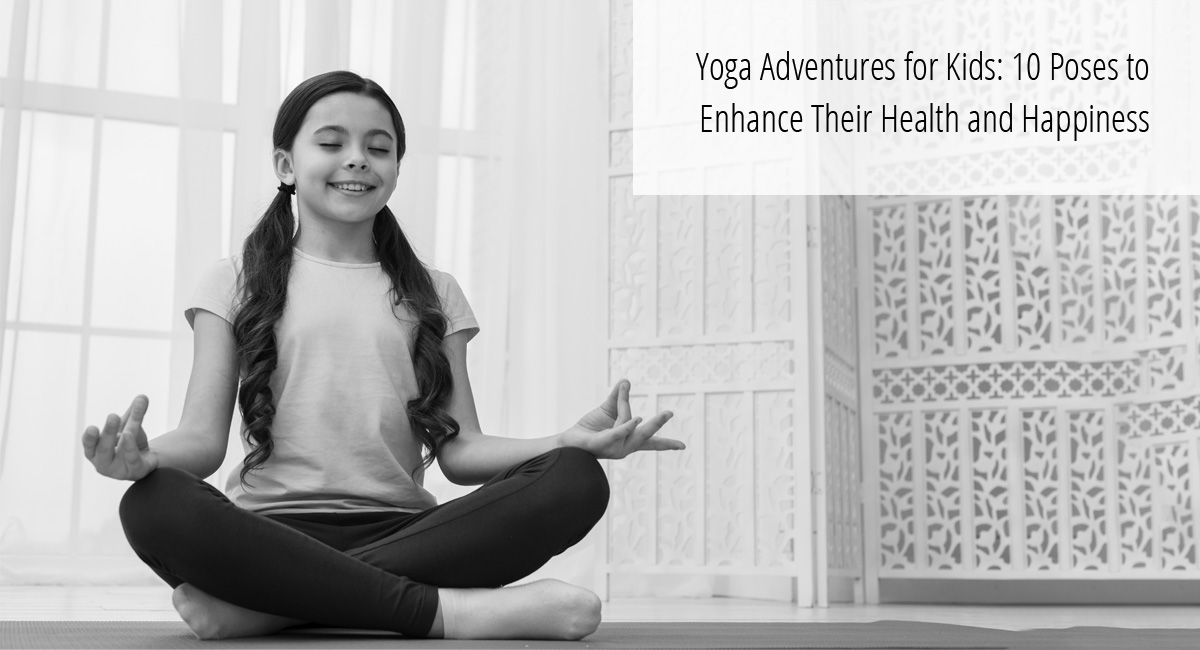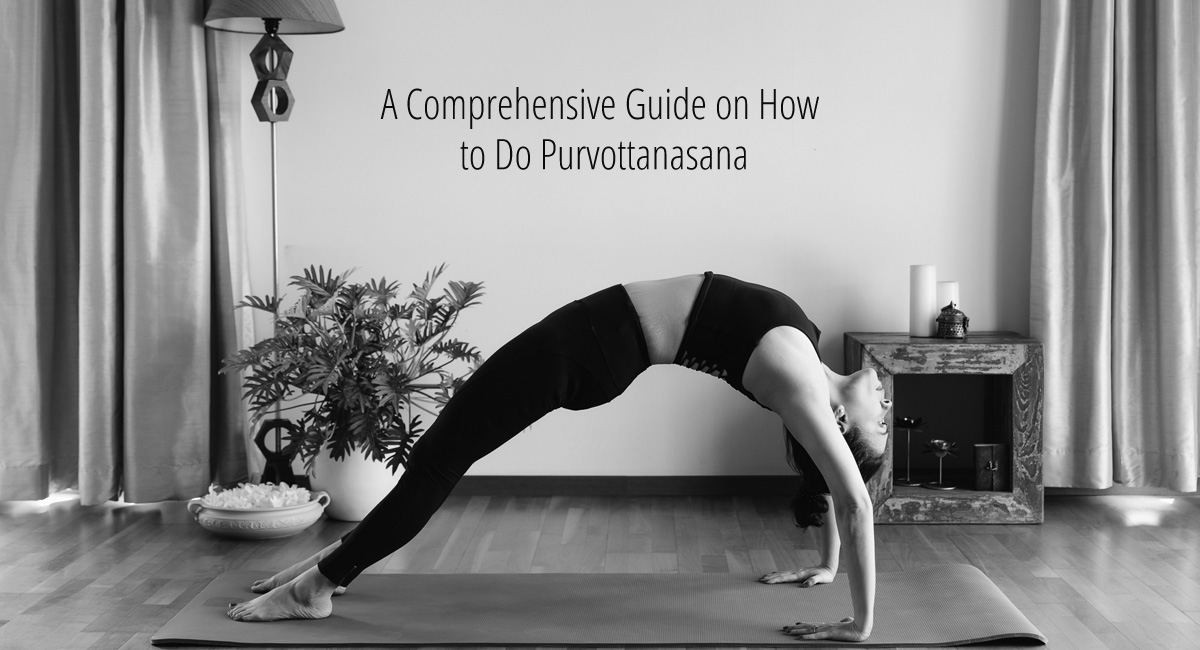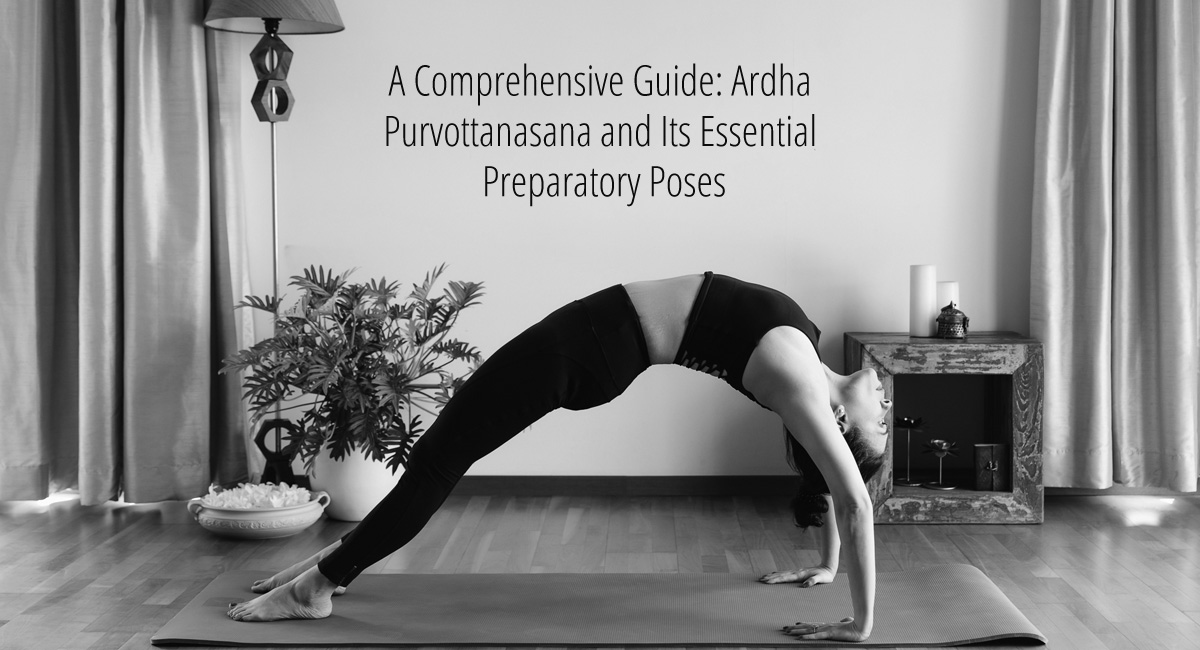
Yoga Adventures for Kids: 10 Poses to Enhance Their Health and Happiness
Table of Contents
Yoga for Kids
Yoga is not just for adults; it can also be a wonderful practice for children. Yoga for kids is a fun and engaging way to promote their physical health, emotional well-being, and overall happiness. Through a combination of playful poses, breathing exercises, and mindfulness activities, yoga can provide children with numerous benefits. It helps them develop strength, flexibility, and coordination while cultivating a sense of calmness and self-awareness. Let’s explore the world of yoga adventures for kids and discover 10 poses that can enhance their health and happiness.
Tips for Introducing Yoga to Kids
Introducing yoga to kids can be an exciting and rewarding experience. Here are a few tips to make the process enjoyable for both you and your child:
1. Create a Safe and Inviting Space: Designate a specific area in your home where you and your child can practice yoga together. Make it colorful, comfortable, and free from distractions.
2. Keep It Playful: Children are naturally curious and love to explore. Infuse creativity and playfulness into your yoga sessions by incorporating storytelling, imaginative themes, and animal-inspired poses.
3. Use Visuals and Props: Utilize books, posters, or videos that showcase kid-friendly yoga poses. Props like stuffed animals or yoga blocks can enhance their understanding and engagement with the practice.
4. Follow Their Lead: Allow your child to lead the yoga session sometimes. Let them choose poses, create their own sequences, and express themselves freely. This empowers them and makes them feel involved in the process.
5. Emphasize Breath Awareness: Teach children the importance of deep belly breathing. Encourage them to take slow, deep breaths during each pose, helping them cultivate mindfulness and relaxation.
6. Keep Sessions Short and Engaging: Children have shorter attention spans, so aim for shorter yoga sessions of 10 to 15 minutes initially. Make it engaging by incorporating games, partner poses, or music.
7. Be Patient and Encouraging: Remember that yoga is a non-competitive practice. Encourage your child’s efforts, praise their progress, and celebrate their achievements. Let them know that yoga is about self-expression and self-care, not perfection.
10 Yoga Poses for Kids
1. Downward Facing Dog: Start on hands and knees, then lift hips up and back, forming an inverted V shape. This pose strengthens the arms, legs, and core while stretching the back and hamstrings.
2. Tree Pose: Stand tall and shift weight onto one foot. Place the sole of the other foot on the inner thigh or calf. Balancing in this pose helps improve focus, stability, and concentration.
3. Cat-Cow Pose: Get on hands and knees, arching the back upward like a cat, and then lowering the belly toward the ground, like a cow. This gentle spinal movement enhances flexibility and coordination.
4. Butterfly Pose: Sit on the ground, bend knees, and bring the soles of the feet together. Hold the feet and gently flap the legs like butterfly wings. This pose stretches the hips and inner thighs.
5. Mountain Pose: Stand tall with feet hip-width apart, shoulders relaxed, and arms by the sides. Mountain pose promotes good posture, balance, and a sense of grounding.
6. Cobra Pose: Lie on the belly, place hands beside the shoulders, and lift the chest off the ground while keeping the pelvis grounded. Cobra pose strengthens the back, opens the chest, and improves posture.
7. Child’s Pose: Kneel on the ground, sit back on the heels, and fold the torso forward, resting the forehead on the ground. Child’s pose promotes relaxation, calmness, and release of tension.
8. Warrior Pose: Stand with legs wide apart, turn one foot out, and bend the front knee while keeping the back leg straight. Extend arms out to the sides, gazing over the front hand. Warrior pose builds strength, balance, and self-confidence.
9. Happy Baby Pose: Lie on the back, bend the knees toward the chest, and grab the outsides of the feet, gently rocking from side to side. Happy Baby pose releases tension in the hips and promotes a sense of joy.
10. Savasana (Corpse Pose): Lie flat on the back, arms and legs relaxed, and close the eyes. Savasana allows the body and mind to rest, promoting deep relaxation and rejuvenation.
The Benefits of Yoga for Kids
Yoga offers numerous benefits for children, both physically and emotionally. Here are some of the key advantages:
- Physical Fitness: Yoga improves strength, flexibility, and coordination, enhancing overall physical fitness.
- Mind-Body Connection: Practicing yoga helps children develop a greater awareness of their bodies, fostering a positive mind-body connection.
- Emotional Well-being: Yoga teaches children valuable tools for managing stress, anxiety, and emotions, promoting emotional resilience and well-being.
- Concentration and Focus: Through breath awareness and mindfulness practices, yoga enhances concentration, focus, and attention span.
- Self-Confidence: As children learn and progress in their yoga practice, they gain a sense of accomplishment and build self-confidence.
- Social Skills: Practicing yoga in a group setting encourages teamwork, cooperation, and respect for others, fostering social skills and empathy.
- Improved Sleep: The relaxation and breathing techniques in yoga can help children unwind and promote better sleep patterns.
The Bottom Line
Introducing yoga to children can be a delightful journey that enhances their health and happiness. By incorporating playfulness, storytelling, and engaging poses, you can create an enjoyable yoga adventure for your child. Remember to be patient, encouraging, and adaptable to their needs and interests. As your child explores the world of yoga, they will develop physical strength, emotional resilience, and a deeper connection with themselves and others.
Are you ready to embark on a yoga adventure with your child? Start incorporating these 10 yoga poses into your routine and witness the transformative benefits they offer. Remember to make it playful, follow their lead, and create a safe space for exploration. Encourage your child to express themselves through movement and breathe deeply. Head on over to our website to know more about how together, you can embark on a journey of health, happiness, and connection.

I am a Pune based artist, Kathak dancer, Dance Movement Therapist, and an avid Yoga practitioner/ teacher. I am also the Director at the Sakal Media Group, a Trustee of Pune Blind School and Nirdhar Trust.
Being a part of Sakal Media Group, with its strong foundation of service and ethical journalism, I am deeply committed in making this world a better place by pushing boundaries, giving opportunities to others, following my convictions, helping others make better choices and to tell powerful stories that will help reshape the world we live in.





